Sainsbury’s and Asda sent shockwaves through the industry today when it emerged the supermarket giants were in “advanced talks” over a £10bn mega-merger.
However, Sainsbury’s short statement perhaps poses more questions than it answers ahead of Monday morning’s press conference and analysts’ presentation.
Retail Week looks at the five key questions that surround the deal.
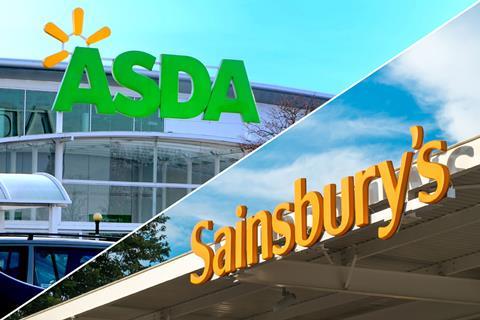
Why Sainsbury’s-Asda?
On the face of things, the more obvious and arguably more attractive tie-up for Sainsbury’s might have been to join forces with Morrisons.
The Bradford-based grocer is in the midst of a resurgence under chief executive David Potts and finance director Trevor Strain, and is leveraging its vertically integrated model to build what it hopes will be a £1bn supply business.
Asda, on the other hand, is still grappling to achieve a sustained period of sales growth under new boss Roger Burnley after years in the doldrums.
“Sainsbury’s boss Mike Coupe is an Asda alumnus, while Asda chief executive Roger Burnley is a former Sainsbury’s executive”
However, although their geographies do overlap, Asda has more coverage in the North, while Sainsbury’s exposure is weighted to the South – something that appeals to both parties.
Crucially, the senior figures at the top of the two businesses would undoubtedly have played key roles in these discussions.
Sainsbury’s boss Mike Coupe is an Asda alumnus and knows the Walmart-owned business well, while Asda chief executive Roger Burnley is a former Sainsbury’s executive.
Having the duo’s shared knowledge and keen grocery nous at the helm would give the enlarged business every chance of success.
How would the enlarged group be structured?
This is the key unanswered question – and one that both journalists and analysts alike will be seeking clarity on come Monday morning.
Sainsbury’s statement admits that the two grocers are in talks over “a combination”, but what exactly does that entail?
What role would Asda’s current owner Walmart play in the enlarged business? Would the US retail Goliath effectively be offloading Asda to Sainsbury’s, exiting the UK and therefore admitting defeat in its long, gruelling battle with the discounters?
“There is an outside chance that one of the UK’s most famous retail names could be about to disappear from the high street”
Or would it retain involvement, giving Sainsbury’s access to its huge buying power, deep pockets and, potentially, a route to expand into the US?
The likelihood, sources suggest, is that Sainsbury’s and Asda would continue to be operated as standalone businesses that benefit from improved efficiencies, cost synergies and shared expertise.
But there is an outside chance that, should the deal go ahead, one of the UK’s most famous retail names could be about to disappear from the high street.
How would shoppers and suppliers be impacted?
Sainsbury’s boss Mike Coupe is likely to be bullish in front of journalists and analysts and argue that the deal would be good for UK consumers.
Greater buying power, a more efficient distribution network and greater innovation should combine to provide shoppers with better choice, lower prices and a more enjoyable shopping experience in-store and online.
And it would all play into Coupe’s vision to be there “whenever and wherever” its customers demand.
But with the UK’s second- and third-largest supermarket players no longer competing directly with each other, shoppers in certain locations may only have the choice of shopping with the grocery supergroup.
“Suppliers to Sainsbury’s and Asda will have concerns”
Liberal Democrat leader Vince Cable claims the merger would create “even more concentrated local monopolies” and urged the CMA to launch an investigation “immediately”.
It is suppliers to Sainsbury’s and Asda, however, who will have the greater concerns.
Tesco’s acquisition of Booker sparked fears that suppliers would face a squeeze on margins, with worries that the enlarged group would leverage their increased weight to demand lower prices from FMCG businesses, particularly when buying in larger quantities.
A Sainsbury’s-Asda merger would leave suppliers in a similarly vulnerable position when entering discussions with the two supermarket chains.
The promise of being stocked on both retailers’ shelves is an attractive proposition to suppliers, but the enlarged business would know that it could use that as a huge carrot to dangle when entering negotiations.
What will the CMA make of the move?
Former Asda boss Andy Clarke told Retail Week last November that the Competition and Markets Authority’s decision to wave Tesco’s £3.7bn Booker deal through without sanctions had declared “open season” on grocery M&A – and raised the prospect of the big four becoming three.
His hypothesis could be put to the test sooner than perhaps anyone expected.
The combination of Sainsbury’s and Asda – the UK’s second and third-largest food retailers respectively – would edge out Tesco as grocery’s market leader.
“The issue is the massive store overlap”
Jonathan De Mello, Harper Dennis Hobbs
Retail Economics chief executive Richard Lim describes the potential merger as a “game-changer” for that very reason, but cautions: “There is likely to be doubt over its legitimacy in the eyes of the Competition and Markets Authority.”
As Harper Dennis Hobbs head of retail consultancy Jonathan De Mello notes on Twitter: “[The] issue is the massive store overlap – lots and lots of consolidation would be needed.”
The two retailers would argue that Leeds-based Asda has a greater presence in the North of England, while Sainsbury’s stores, in particular its c-stores, are weighted towards the South.
Should the advanced talks result in a deal being struck, it is extremely likely that the CMA would enforce significant caveats and demand store disposals.
What does it mean for further grocery M&A?
Ever since the Tesco-Booker deal was agreed in January 2017, talk of further consolidation and partnerships has been rife.
The grocery market was spooked by the prospect of the market leader getting even bigger and began to take action.
Morrisons is building a £1bn supply business, leveraging its vertically integrated model to supply online titan Amazon and convenience specialist McColl’s.
The Co-op is acquiring Nisa in a £137.5m deal and has started supplying Costcutter stores following the collapse of Palmer & Harvey.
“The combination of Sainsbury’s and Asda will only add a further sense of urgency”
And Sainsbury’s itself previously ran the rule over Nisa as it sought ways to build buying power and establish cost synergies within its business.
Similar talks will undoubtedly be happening across the sector as retailers adapt to the rapidly changing landscape – and the combination of Sainsbury’s and Asda will only add a further sense of urgency.
Could the threat of a stronger Asda force Aldi and Lidl into M&A action? Will the Co-op look to further boost its foothold in convenience? Will Morrisons be sparked into action through fear of being cut adrift from its big four rivals?
A Sainsbury’s-Asda mega-merger would be an historic combination – but it surely won’t be the last one we will see in a fast-evolving grocery market.
Analysis: Why Sainsbury’s and Asda are joining forces
- 1
- 2
- 3
- 4
- 5
- 6
- 7
- 8
- 9
- 10
- 11
- 12
 Currently reading
Currently readingSainsbury's-Asda merger: The £10bn questions































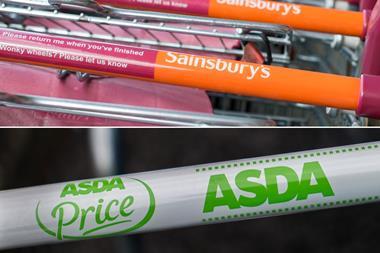
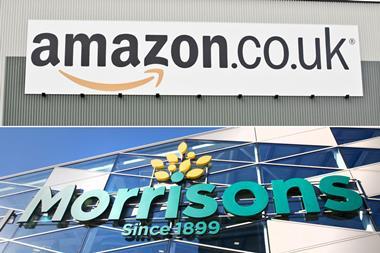


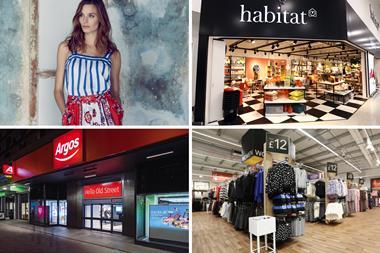
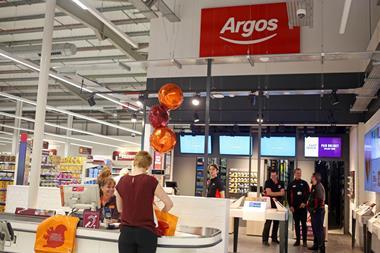
No comments yet